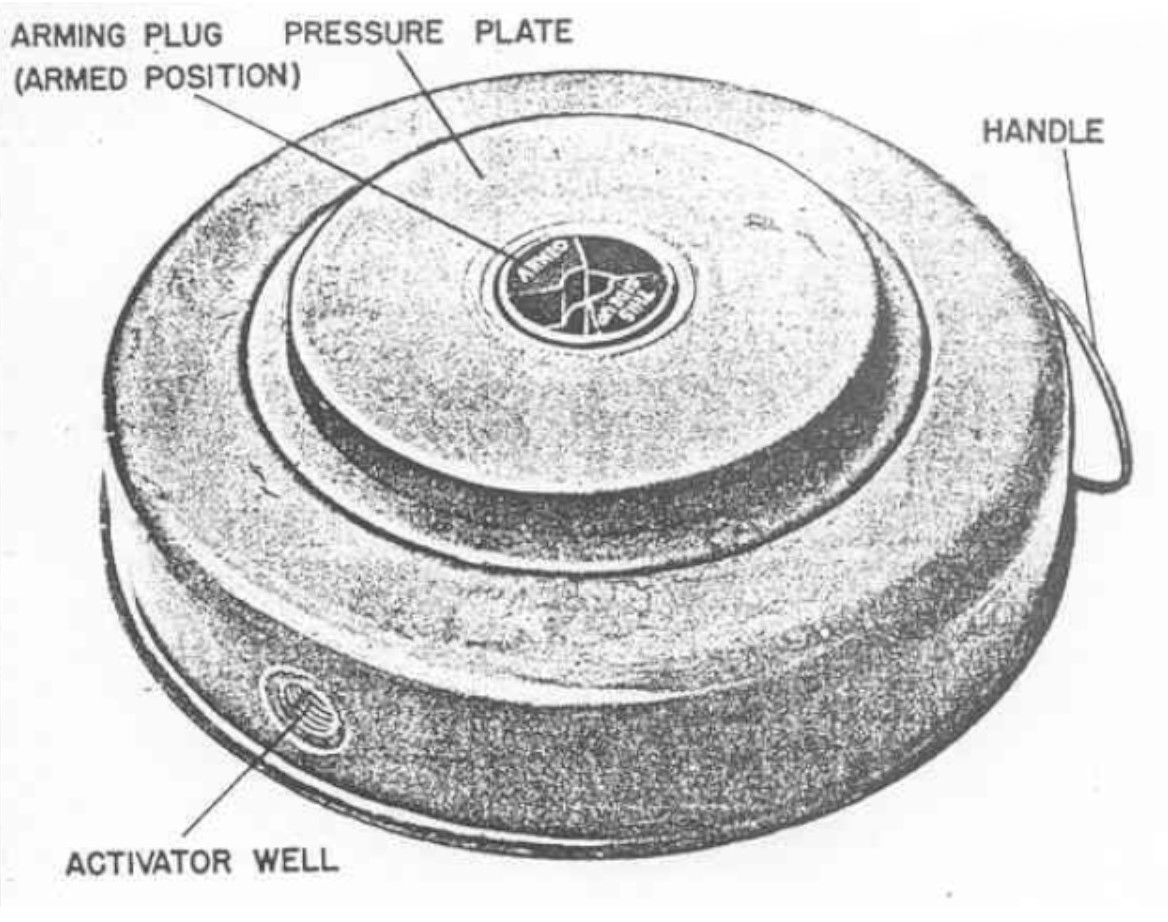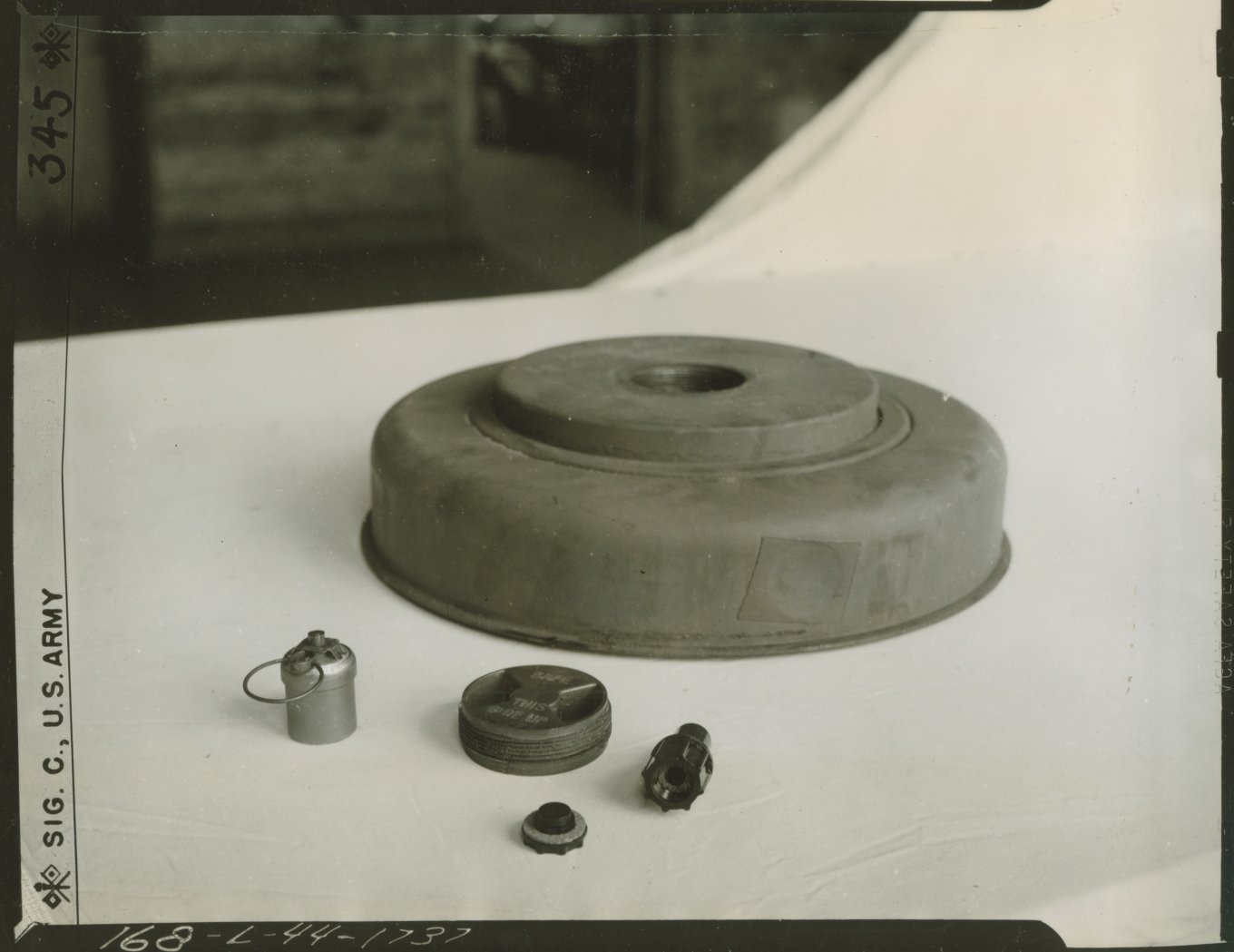Following the emergence of information regarding the procurement of M6A2 anti-tank mines from World War II by the Ministry of Defense of Ukraine's Defense Procurement Agency for the Ministry of Defense, an official comment from the agency has shed light on some details of this process. However, officials neglected to clarify several crucial aspects.
Specifically, the Agency notes that the contract for purchasing these mines was established without financial obligations, and payment for the M6A2 will only occur "upon successful completion of technical inspection of all items, including field tests."
It has been indicated that these mines are effectively reserved for Ukraine, but their purchase is contingent on a "positive inspection outcome of all items with the participation of the end user (representatives of the General Staff of the Armed Forces of Ukraine), including conducting field tests for batches from each year of production."
Meanwhile, amid the publicity, Defense Express has learned from its sources two extremely important details that were overlooked by the Agency. The first is that these same mines from the same stockpile in one NATO country were previously offered to Ukraine at a price of 250 euros per unit. However, at that time, this proposal was not considered, as such a price for 80-year-old mines was deemed excessively high.

However, as soon as the supplier changed and the price skyrocketed to 600 euros per unit for the same mines, the Defense Procurement Agency not only expressed interest but also began to defend this contract by appealing to the critical need of the Ukrainian military for anti-tank mines along the entire front line.
Especially in light of the fact that, as reported by the Agency itself, there is a possibility to reserve weapons "without financial obligations." If this can be done without any advance payment, then why not reserve supplies of newer mines or even manufacture entirely new ones?
Moreover, the appeal to the need for anti-tank mines here is ineffective because the M6A2 that the Agency wishes to procure is not an anti-tank mine in essence. It cannot sever a tank track, as was proven in practice during World War II. It simply has too little explosive material, even setting aside the question of how it will function after 80 years of storage. This is precisely why these mines were replaced in production with the much more powerful M15, which contains 10 kg of explosive material.
The second detail that has come to light but was "forgotten" by the Defense Procurement Agency is that the intermediary selling these anti-tank mines has imposed very limited time constraints for such an inspection - three days. Additionally, the number of inspectors is limited to just three individuals. Therefore, a logical question arises: how can three people in three days inspect not just one, ten, or even a few thousand anti-tank mines?

However, a possible clue is that the Agency itself noted that field tests must be conducted for "batches from each year of production." Available sources indicate that they were produced either from the fall of 1943 (before standardization under the temporary name T-6E1) or from May 1944 to May 1945, as they were "removed from the production line" due to low effectiveness.
One can only hope that from the overall volume for inspection, two conditional mines from 1944 and 1945 will not be selected. Overall, there is hope that the Defense Procurement Agency will not yield to such rather peculiar demands from the intermediary.
Ultimately, the question is not even whether such mines are needed, as one can be confident that Ukrainian sapper units will find a use for them on the battlefield. However, the price must reflect the risks associated with handling 80-year-old explosives, whose warranty periods expired 20 years ago under Soviet standards and 45 years ago under American regulations. If they are to be treated as "disposable," then at least not at a price that nearly matches that of a new, fully functional, and genuinely anti-tank mine.